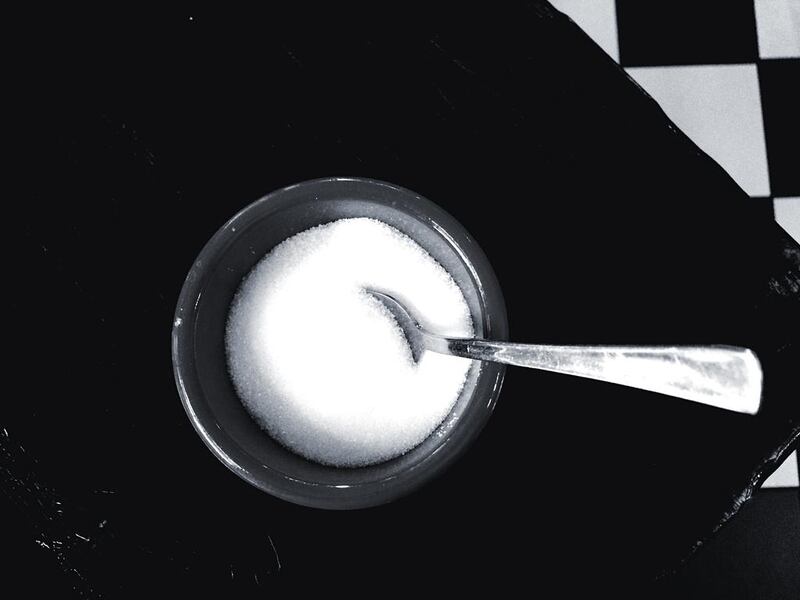Obesity rates have doubled since 1980. More than 600 million people are classified as obese, and 41 million of them are children under the age of 5, according to the World Health Organization. In the UAE, almost 40 per cent of children are obese, prompting some experts to warn of an epidemic.
This rise in childhood obesity – and the related diseases it causes that can affect people throughout their lives, including diabetes, high blood pressure and cardiovascular conditions – are the result of an increasingly sedentary lifestyle and poor eating habits, in particular too much sugar.
It is no secret that sugar is a threat to our health. A study published by Jama: Internal Medicine in 2014 established a link between food with added sugar and an increased risk of heart disease. Added sugar is defined as any form that does not occur naturally in a food, which is added during processing, including honey, raw sugar, malt sugar, agave nectar, corn sweetener, dextrose, corn syrup, sucrose, fructose, glucose and molasses.
How much, though, is too much sugar? Much less than you probably think. The American Heart Association says preschool children should not have more than four teaspoons of added sugar a day, which is about 16 grams. Children between the ages of 4 and 8 should not have more than three teaspoons of added sugar, while preteens and teenagers should not have more than five to eight teaspoons.
Bernadette Abraham, a nutritional therapy practitioner, wellness coach and mother of four, says it is easy to give children a sugar rush, even if you don’t mean to.
“In practical terms, one 330-millilitre juice box typically contains 24 grams of sugar, which is equivalent to six teaspoons,” she says. “One 180ml container of chocolate milk also contains six teaspoons of sugar. You can see how just one of these typically consumed beverages can exceed double a child’s daily sugar allowance.”
With sugar present in large quantities in so many of children’s favourite foods – some of which you would not suspect, including ketchup, bread, cereal, juices, dressings, crackers, peanut butter and flavoured yogurt – efforts by parents to cut back on children’s sugar intake and retrain their palates is far from easy.
“Raising your child’s level of awareness is key,” Abraham says. “I like to physically show children how much sugar is in their favourite food or beverage by having them measure out the number of teaspoons of sugar into a see-through cup.
“By looking for the grams of sugar on the product’s nutrition facts label and then dividing it by four, you can get the number of teaspoon of sugar needed to measure out. It’s very visual and has that shock factor that can help shift a child’s mindset to want to reduce the amount of sugar they consume.”
Mylene Pezzotti, a mother of two children, 10 and 13, helps her children steer clear of these empty calories by avoiding sweet and processed foods – instead, she offers them healthy choices, including salads, vegetables, pulses, nuts and fruits.
“I try to make things from scratch as much as possible,” she says. “I bake fruit-based desserts that contain natural sugars and don’t require additional sweetening. I don’t keep anything in the house they shouldn’t be eating, instead making sure there’s always healthier alternatives available.
“If I need to buy something already made, I always make sure to check the label for ingredients.”
Nutrition, like everything else in life, is about moderation and balance. Experts agree that establishing healthy habits that last a lifetime does not mean banning sugar altogether. That said, fresh and nutritious foods, such as fruits and vegetables (for their essential vitamins and minerals), lean red meat (for protein), fish and nuts (for healthy fats, a strong heart and bones) and plenty of water (for hydration) should make up the bulk of a child’s diet.
• This is the fourth in our five-part series on preventing and tackling childhood obesity. Next week: the long-term effects of poor nutrition during pregnancy.
healthyliving@thenational.ae





